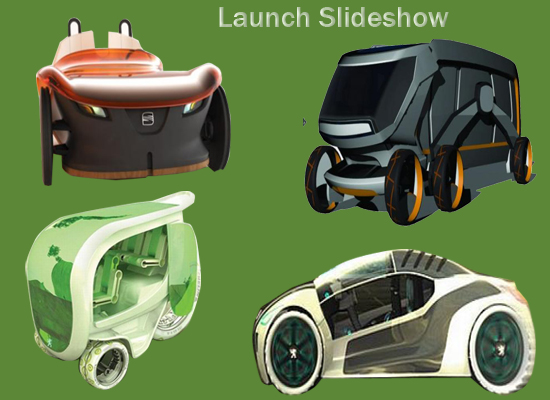The science fiction writers usually fall choose either of the two extremes when it comes to their view of the future. Some say that the future would showcase to us extreme technological innovation. However, the others say that because of environmental degradation we might have to retreat to the dark ages. Both might be right. Our future might be highly sophisticated when it comes to technology. On the other hand, we might have to deal with plenty of environmental issues. Therefore, vehicle designs of the future like Bowler Raptor also have two aspects to them. First is their technical sophistication. Second is their minimal environmental impact.
Bowler Raptor

Eco Factor: Zero-emission off-road car powered by electricity.
With their massive engines trying to eat up dirt, off-roaders are mostly about pollution and emissions. Car designer Ryan Skelley of Sunbeam Tiger fame has thrilled us again with a true off-roader that runs on clean electricity. The Bowler Raptor takes inspiration from both modern architecture and superbikes.

This vehicle with aggressive style features functional body panels. These are held on by easily accessible hex-head bolts. You can easily replace them if they sustain any damage. Furthermore, the car has an open carbon fiber chassis. The main purpose of its design is to heighten the sense of speed and to bring the occupants closer to the action.

The alloy wheels of the car match the aesthetics of the bodywork. The tire and the wheel rim interlock with each other, giving great strength to the machine. The car relies on two lithium-titanate batteries, which fuel a next-gen Siemens electric motor couple to a single speed transaxle.






Via: Diseno-Art
Laminar 2: Eco-friendly car concept similar to Bowler Raptor

Eco Factor: Zero-emission concept car powered by Li-ion batteries.
With a keen eye on futuristic technology and the need for high-performance cars with a low environmental impact, auto designer Daniel Fitzgerald has designed a stunning concept car dubbed the Laminar 2, which is a three-seater electric vehicle for the family of the future.
The car obtains its power from two rear in-wheel electric motors which rely on Li-ion batteries for quick recharging. There are a number of other features such as passenger mirrors and electroluminescent hubcaps for night visibility, but the most interesting of them all is the adjustable aerodynamics.
Conventionally, cars with its aerodynamics have a degree of downforce in their aerodynamic profile. This downforce keeps the car on the ground and improves traction through cornering. Unfortunately, it is almost always at the cost of aerodynamic drag, which makes the car slower and less efficient.
With adjustable aerodynamics, Laminar 2 can have the best of both worlds, extremely efficient streamline aerodynamics, and the ability to revert to downforce for safe cornering.
However, when driving on a freeway, downforce would be a hindrance, as it would significantly increase the car’s aerodynamic drag. In this situation, the front wing can rotate to a 0-degree position (parallel to the road) reducing the aerodynamic drag on the vehicle.
What more can we expect from eco-friendly cars of the future?
The above-mentioned vehicles don’t pollute the streets and, as an added advantage, they’re noise-free as well. However, these machines lack two basic features required by most drivers – speed and driving range. To answer the operating range issue, many industrial designers are foreseeing a future where cars will be able to generate renewable energy on the move to better their performance as well as green credentials.
Demands of the city of the future:
A city of the future could be quite different from the urban setting of today. With not much land to spare, future cities would be much more crowded than they are today. Such a city will need better infrastructure and greener vehicles to allow residents maintain their fast-paced lifestyle. Some problems an urban city resident might confront in the future are:
1. Congestion:
 Since more land will be utilized for building residential and commercial skyscrapers, highways are expected to be clogged with cars.
Since more land will be utilized for building residential and commercial skyscrapers, highways are expected to be clogged with cars.
2. Pollution:
The demand for energy is already on a rise and by the year 2050 the levels of pollution on the streets might become unbearable.
3. Parking:
 In the city of the future, finding a place to park your luxury sedan might be unavailable. Such cities will need compact cars or two-wheelers that need a small parking space.
In the city of the future, finding a place to park your luxury sedan might be unavailable. Such cities will need compact cars or two-wheelers that need a small parking space.
4. Fossil Fuel:
World’s oil reserves are expected to run out much before they’re expected to. While coal might last a little longer, fuel fit for cars and other vehicles will have to be sourced from cleaner and renewable sources.
A Peep into the future:
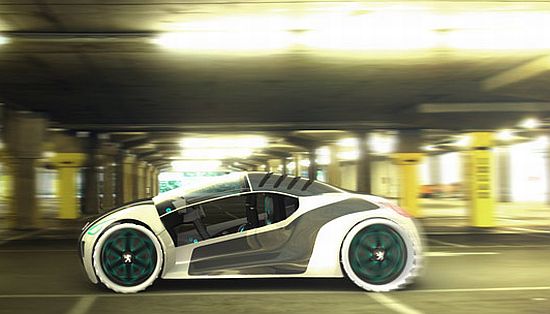
We all believe that the future will be dominated by electric cars that either run on lithium-ion batteries or hydrogen fuel cells. While hydrogen delivers better range and speed, electric cars are less expensive and when fueled with renewable energy, they’re 100 percent green as well. Some alternatives to conventional transport in the future include:
Solar Powered Vehicles:
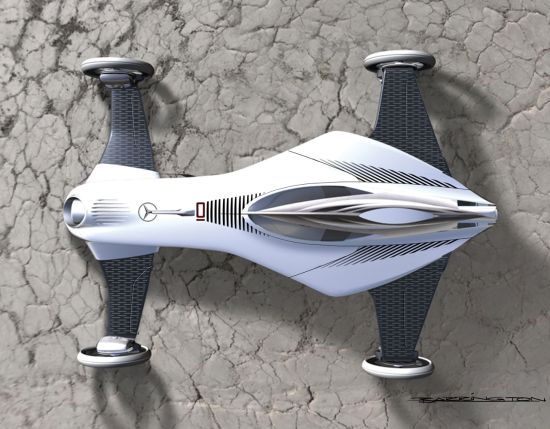
Harnessing solar energy to power cars makes sure that the electricity grid of the future isn’t burdened. Industrial designers have been helping automakers with some stunning concept vehicles that harness solar energy on the move, an approach which also betters the performance of the vehicle. Click on the image below to check out some concept cars powered by renewable solar energy.
Shape Shifting Cars:

Replacing internal combustion engines with silent electric motors allows designers to come up with concept vehicles that can change their shape according to conditions. If stuck in a traffic jam, these vehicles can reduce their size for better maneuverability and if speed and performance are desired, they can alter their shape accordingly. Click on the image below for some transforming concept cars:
Hydrogen Powered Cars:
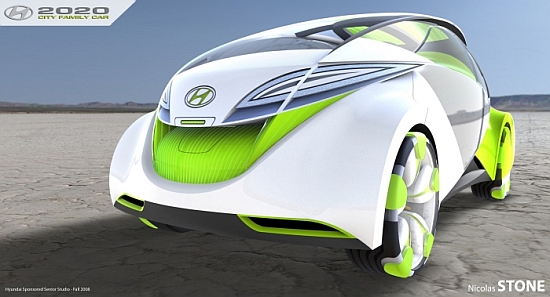
While electric cars are mostly slow and take hours to recharge, hydrogen can definitely prove to be a better fuel. Hydrogen is also the most abundant element in the universe, which makes it an ideal alternative to polluting fossil fuels. Click on the image below to check out some futuristic vehicles that are powered by hydrogen.
Zero-emission Motorcycles:
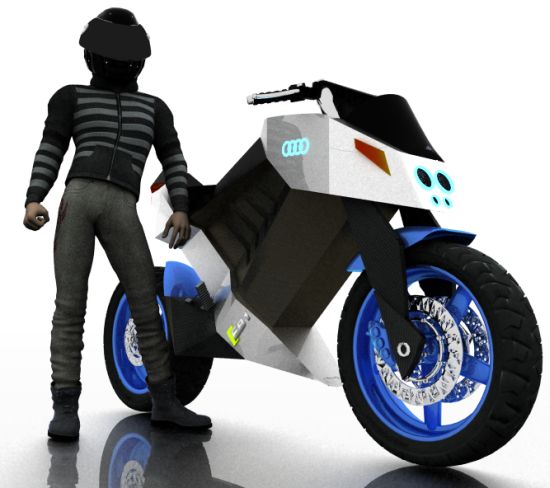
Statistics point out that a majority of the journeys done in cars have only a single passenger, which makes cars inefficient for transport in the future. The highways of the future might have more electric motorcycles than electric cars. Check out some concept motorcycles that are powered by clean electricity:
Will present-day electric cars lead us to future?

Present day electric cars need electricity from the grid to recharge their onboard batteries. In the future when generating electricity from polluting fossil fuels won’t be practical, present day electric cars do need some changes. Moreover, present day electric cars need to be fast and also have a decent operating range, which makes them viable for a future city. Research is ongoing and while some scientists are developing better batteries which recharge in minutes, there are some who propose swappable battery tech as the future.



